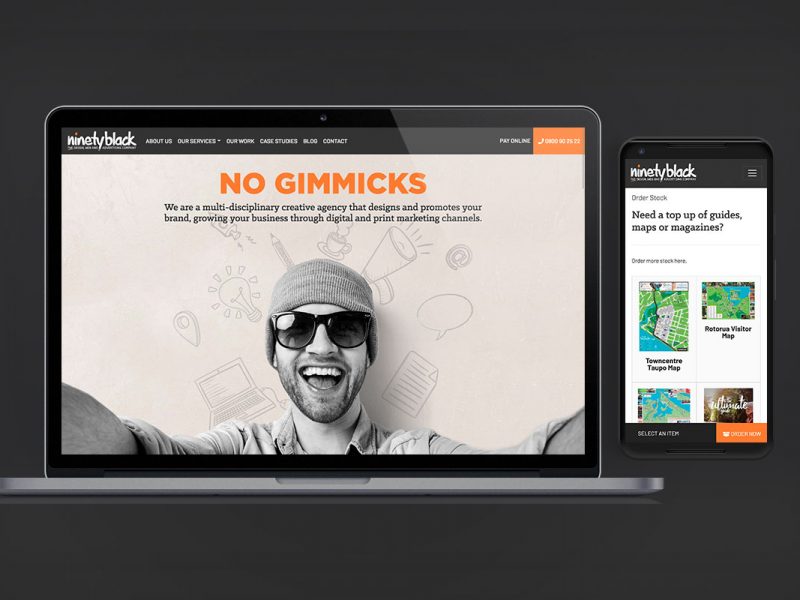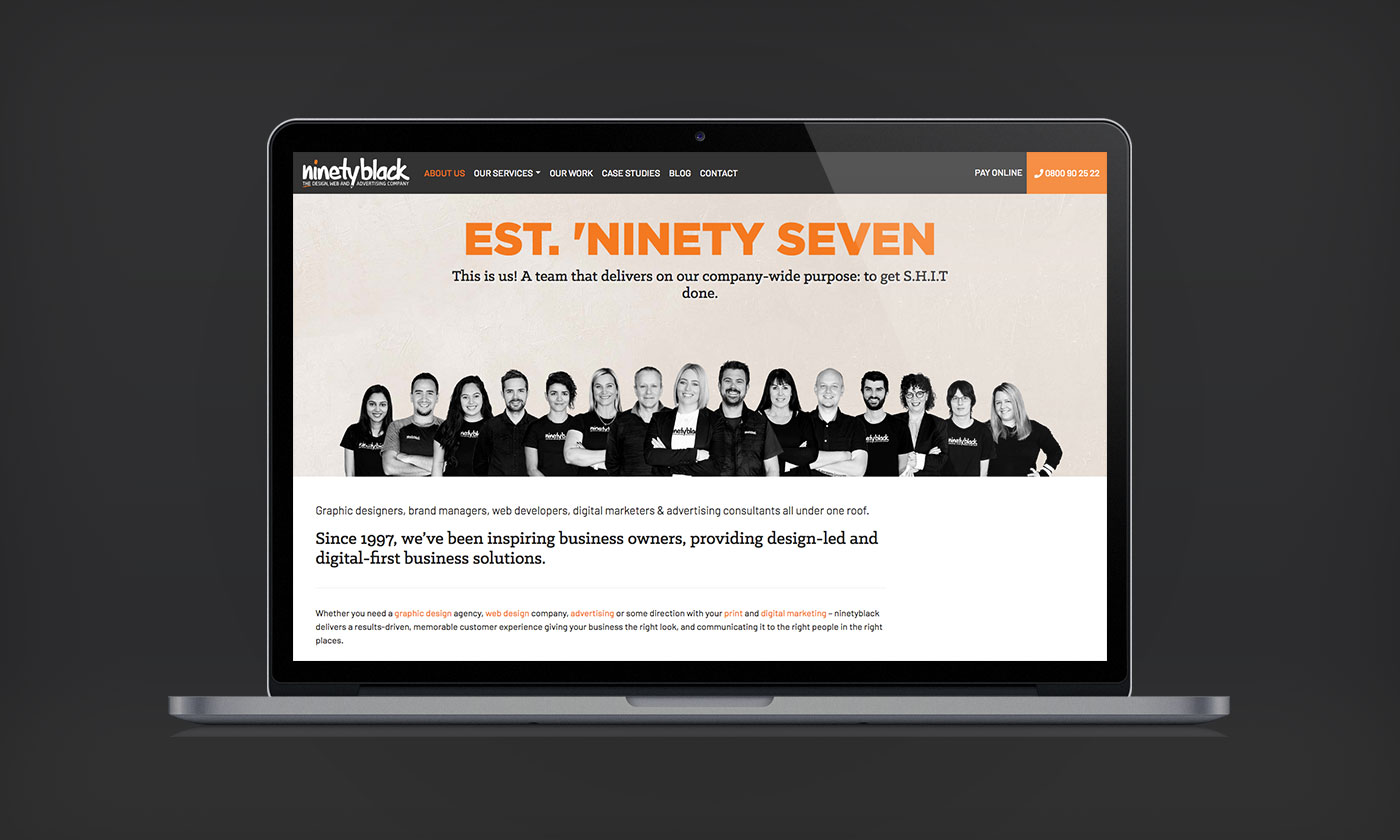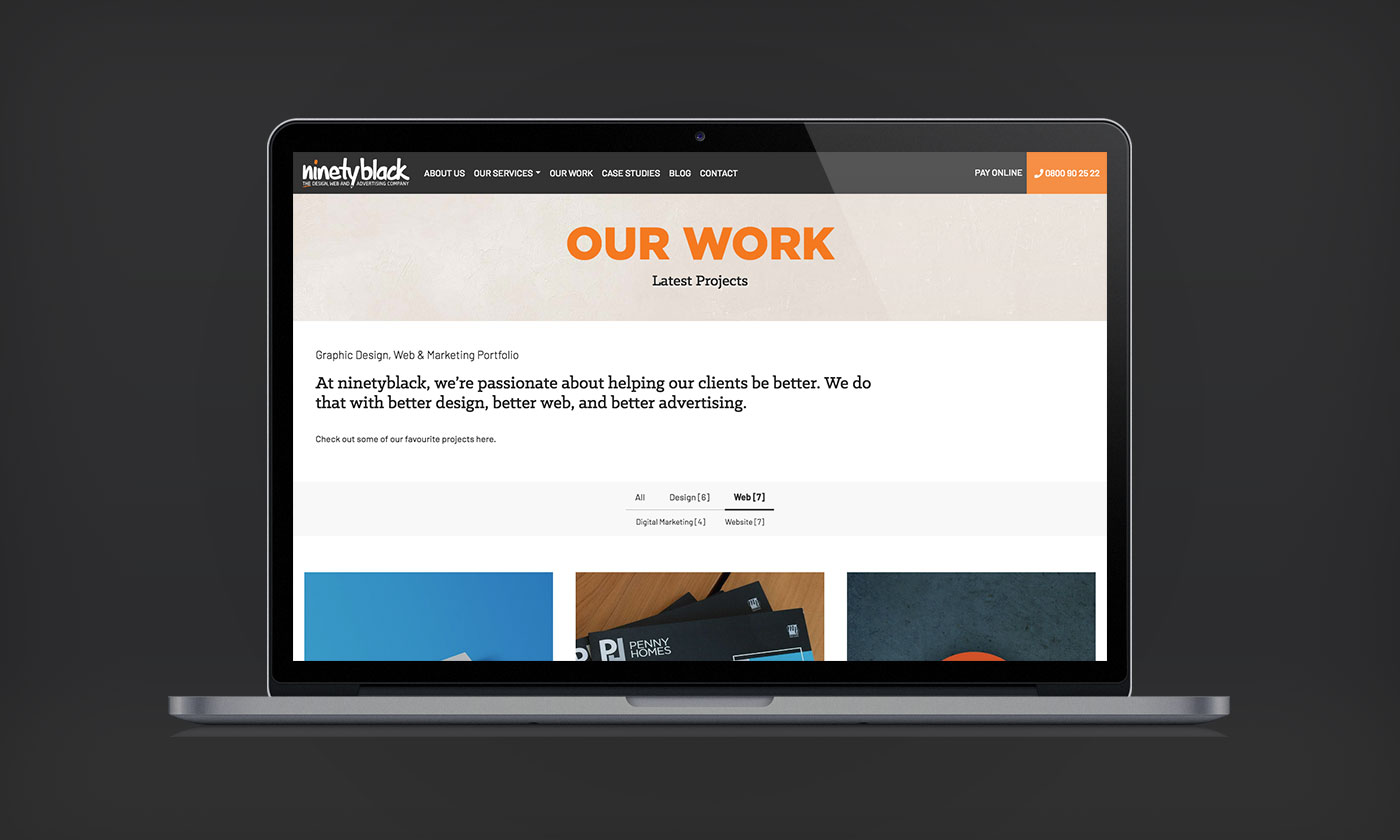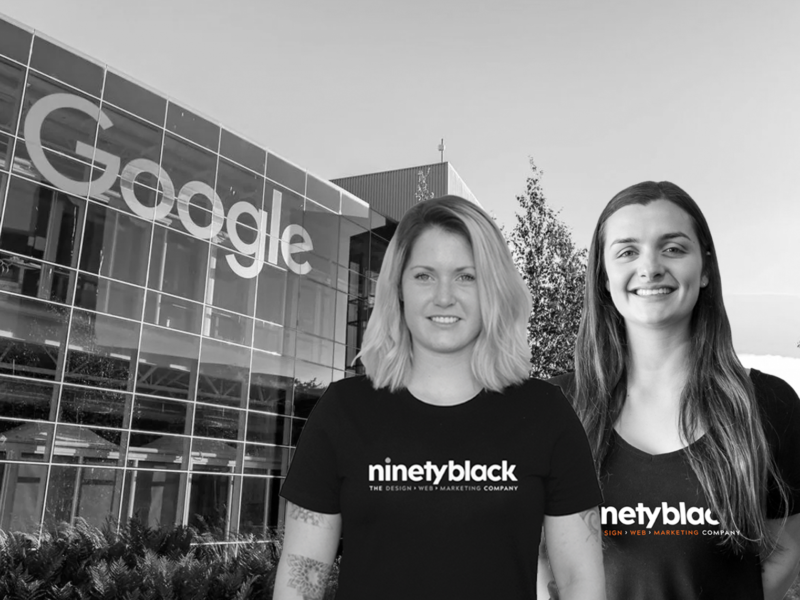We’ve refreshed our website – you should too
March 12, 2019

Reading Time: < 1 minute
Your website should never be static.
Which is why, to start the year off afresh, we are practicing what we preach. Our new website has been a work in progress for a while now (we lost count of the revisions), but the point is, we knew it had to be done – the old one was holding us back.
As the adage goes, things change, and that is certainly so for the way websites are built, designed and, in turn, function for the end user. We also know so much more about the way people use them, and it would be bad business to not adapt our offering to meet the expectations of the leads we are trying to capture.
Here’s our round-up of what has changed over the past few years when it comes to web development, of which we have incorporated into our new website.

What’s going on in the ‘back end’ of websites?
Because it’s not something the general, everyday user sees, it can be so easy to forget all the intricate technology and coding that actually makes a website do what it needs to do. But this is typically the ‘stuff’ that changes the most, with advances in software and capabilities coming along every six to 12 months.
One of the biggest challenges facing web developers since the advent of the smartphone has been trying to keep up with screen sizes and browsers. Back when we were all using our Nokia 5120s, websites only needed to fit desktop screens. Now? There are multiple browser sizes to fit for mobile devices, and ensuring a site works seamlessly across them all can be difficult to say the least.
But thankfully technology for meeting these requirements for users (so they have a better browsing experience) has come quite a long way. And we are able to incorporate these techniques into the websites we develop, to make sure your businesses virtual ‘shopfront’ is always looking its best.
If you’re looking for a great way to keep your website looking outdated, unattractive and confusing to navigate, not keeping up with these changes is highly recommended.
How has the design of the ‘front end’ changed?
There was a time when carousels and sidebar menus were all the rage – now, not so much. In fact, many of these design features become obsolete because users didn’t like them. And that’s very much the point of a website, is it not?
Web design must inherently be about UX (user experience) because the minute your website is difficult to navigate, is confusing or doesn’t provide what someone is looking for – they are gone. Next. To your competitor.
A few years ago, design had gone back to being very flat. But texture and shadows are back, which is why we have incorporated them subtly into our new website. We have also tried to simplify headers, so as to not overwhelm users. And of course, our website looks good across all browsers.
We are also working on some pretty cool animations and videos for our clients, that due to developments in the back end, means it is now easier and much simpler for websites to run these types of features on the front end (without slowing down the browsing experience).
The thing is, design trends change, and what is important is that designers are working at the forefront of trends so that your website won’t feel outdated for the longest period of time possible.

A website is nothing without updated content
Algorithms. Google has them in spades, and just like at school – only a selected few actually understand them. Basically it is a set of criteria that Google uses in order to provide results to searchers, and if you aren’t giving Google the right information from your website, you’ll be lost in a sea of thousands of search results. (Remember, it took Nemo an entire movie to make his way to 42 Wallaby Way, Sydney. And your customers won’t just keep swimming.)
Once upon a time, keyword stuffing resulted in websites working their way to the top of the pile in search, but it wasn’t long until Google clued on to that. It actually started penalising sites that had too many keywords, and as its capabilities have evolved, it is now also able to understand context, relevancy and readability for the end user.
And just to keep us on our toes, Google’s algorithms change all the time, which means you always need to be considering how well your content is working. Does it have a variety of keywords? Is there enough content for Google to read? Is it refreshed regularly? Do you have metadata for all of your pages?
It’s one thing to have a flash as website, but its another to make sure it has all the right content so that you can actually appear near the top in Google Search results (which is, let’s face it, the holy grail).
We had our ‘Google Guru’ Deepika working on our content, so know that we’ll be coming across loud and clear for those looking for a ‘website designer’ or ‘digital marketing agency’. And we will be keeping it ‘fresh’ with regular blogs and updated information, to help keep Google (and our web users) happy.
No doubt we will continue to tinker with our new site – we’re perfectionists. But we are pretty happy with it! What do you think?




